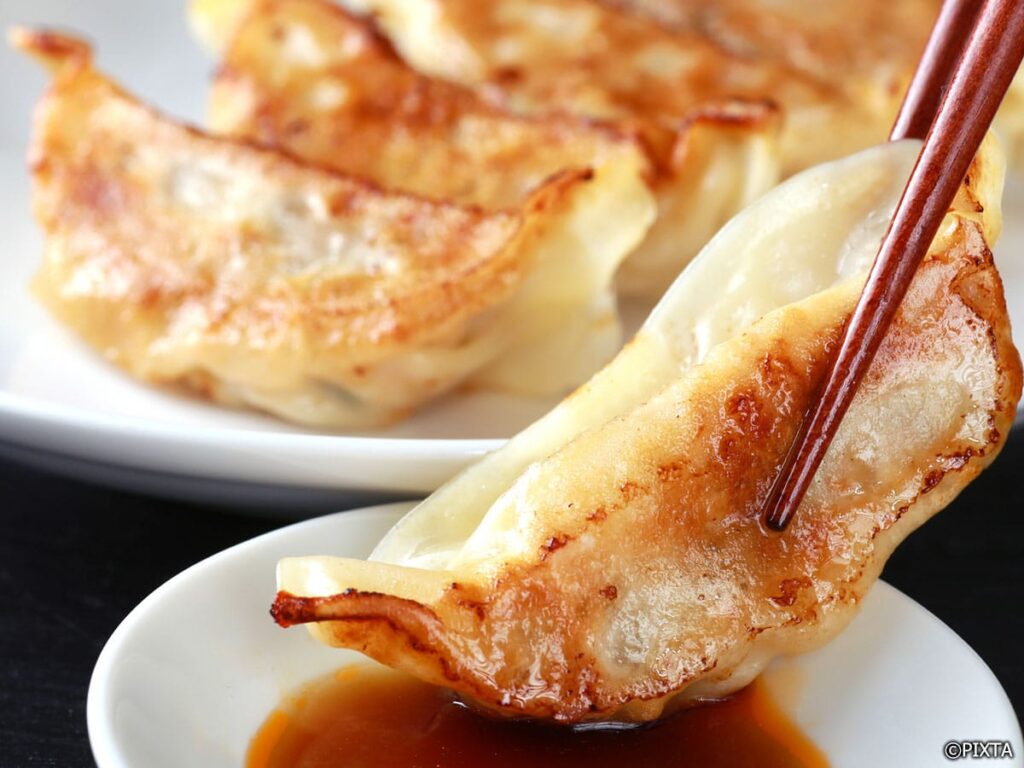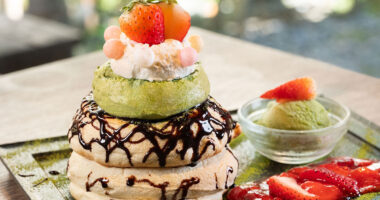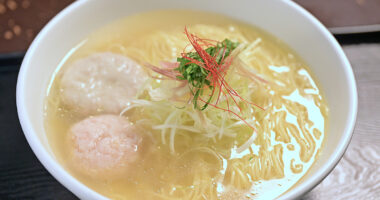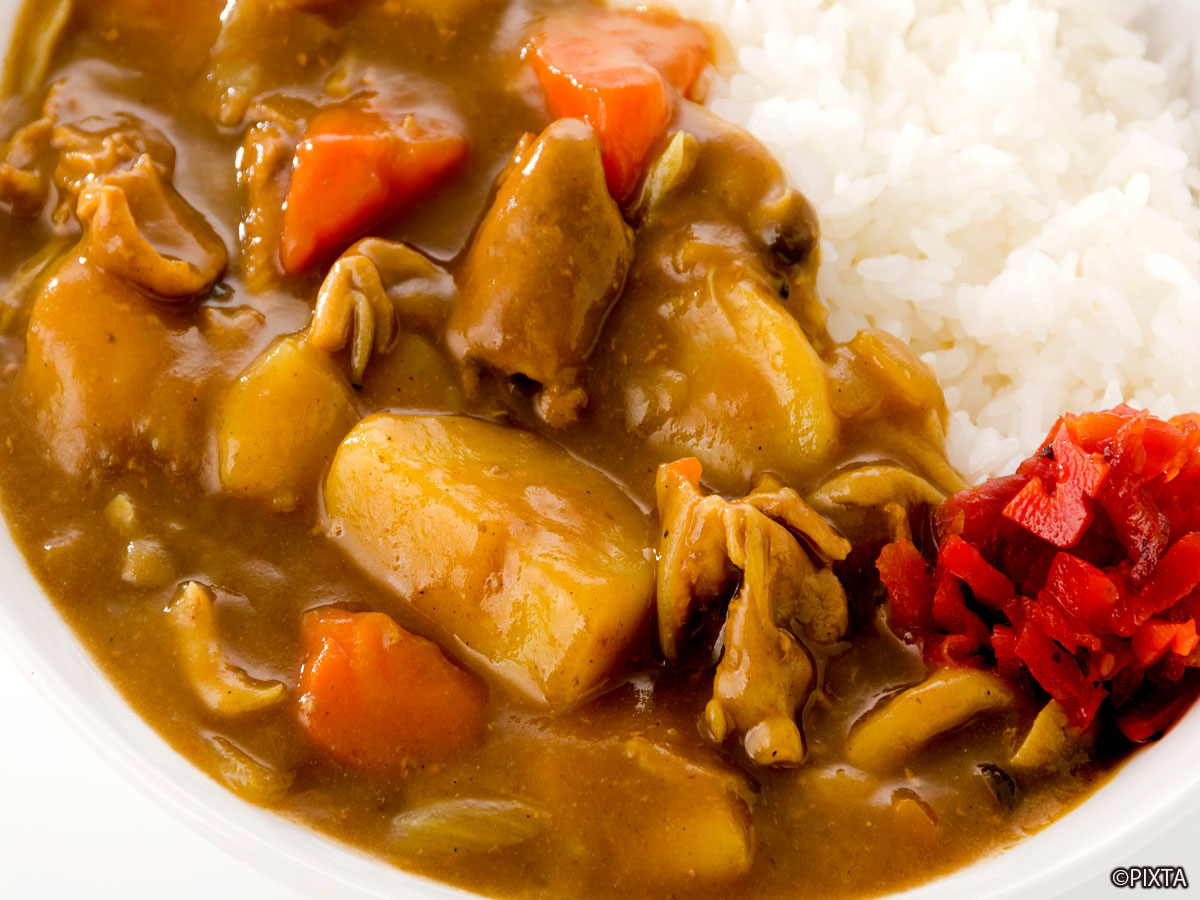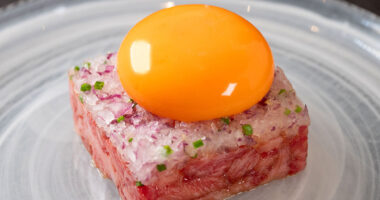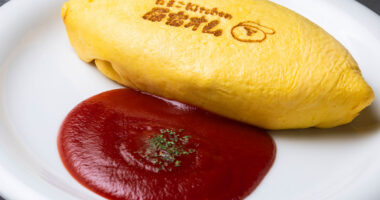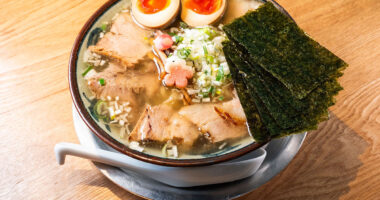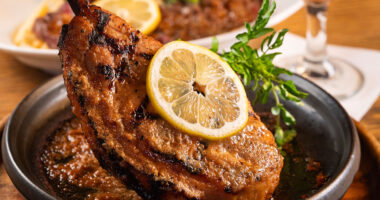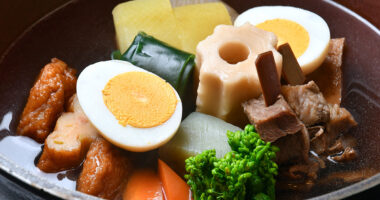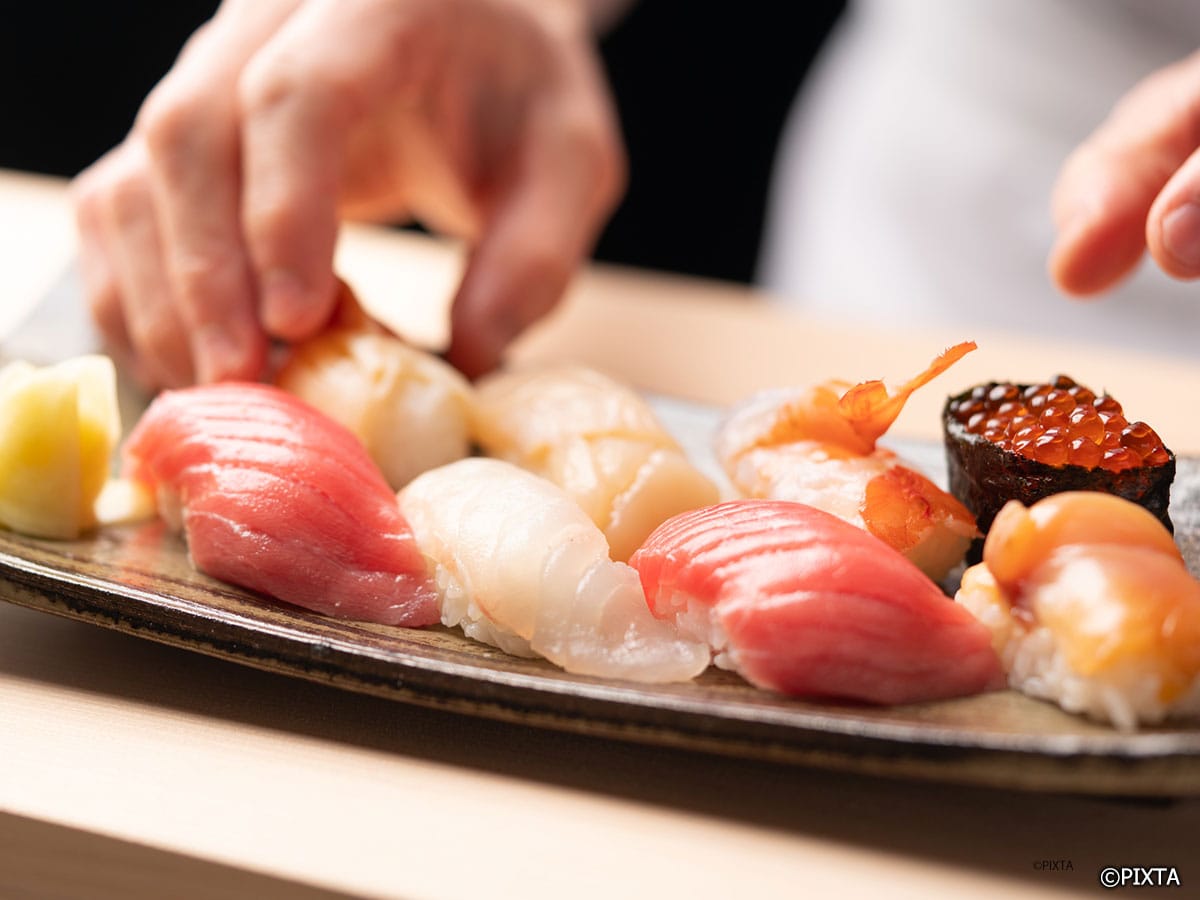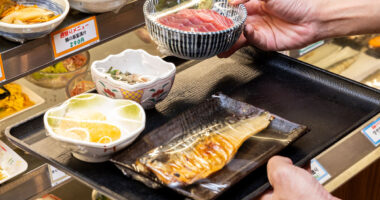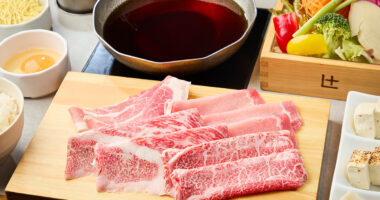Japan’s delectable pan-fried dumplings, known as 餃子 gyōza, have become a culinary delight for locals and foreign tourists alike. This mouthwatering dish offers a vast array of flavors, captivating even those who have tried similar dumplings in other countries. In this article, we invite you to embark on a journey to discover the enticing world of Japanese gyoza, exploring their rich variety, the best places to enjoy them, and valuable tips for savoring these delightful dumplings to the fullest.
What are gyoza?
Gyoza are traditional Japanese dumplings. Although the most popular cooking method usually involves pan-frying, there are also boiled and deep-fried versions. They are typically wrapped in a thin, delicate pastry skin and dipped in a soy-based sauce. They are commonly filled with a mixture of ground meats and finely chopped vegetables, but other ingredients can be featured. Gyoza are usually a side dish, although occasionally, they’re presented as the main dish in a set meal.
Where to get gyoza
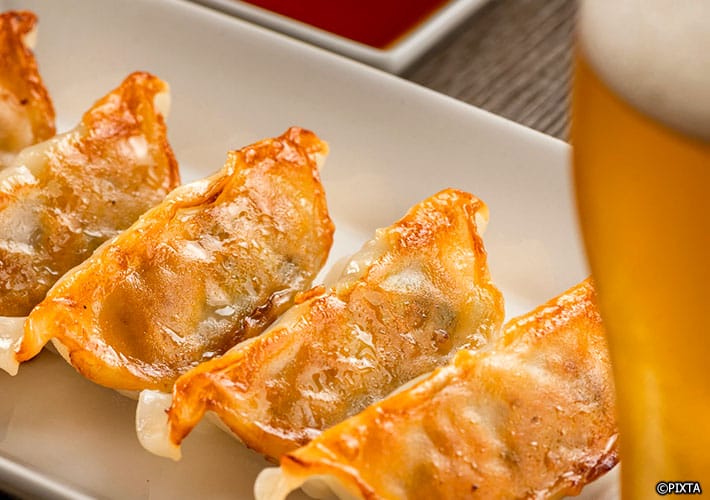
A tray of gyoza and beer at an izakaya gastropub.
Gyoza can be found throughout Japan, from bustling street food stands to dedicated 餃子屋 gyoza-ya (gyoza restaurants) and even gyoza restaurant chains. They’re also a popular item on the menus of 居酒屋 izakaya gastropubs. For a quick, budget-friendly option, pre-cooked gyoza are available at convenience stores and, in recent years, even specialized vending machines, and can be heated up in a microwave or toaster oven.
For a more immersive culinary experience, be sure to visit a gyoza-ya or izakaya, where you can savor freshly made gyoza along with other small plates and drinks in a vibrant, inviting atmosphere. Prices for gyoza generally range from 300 JPY to 600 JPY for a plate of six to eight pieces, depending on the restaurant.
Types of gyoza
Gyoza come in various shapes and sizes, with different fillings and cooking methods. Some popular types include:
餃子 Gyoza: The standard gyoza, also known as pan-fried gyoza, typically feature a filling of ground pork, cabbage, garlic, and ginger, encased in a thin wrapper. These dumplings are typically pan-fried on one side to create a crispy texture, while the other side remains soft and tender.
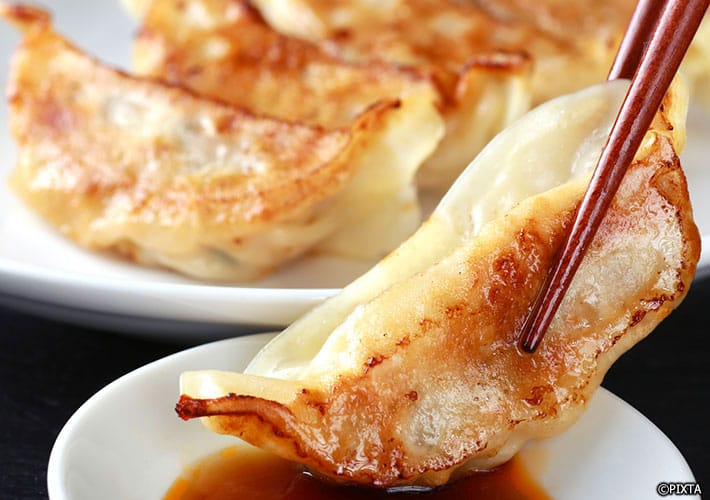
Delicious pan-fried gyoza.
水餃子 sui-gyōza: Also known as boiled gyoza, these dumplings are cooked in boiling water and have a tender, slightly chewy texture. Sui-gyoza are a lighter, healthier alternative to pan-fried gyoza and are often enjoyed with a dipping sauce.
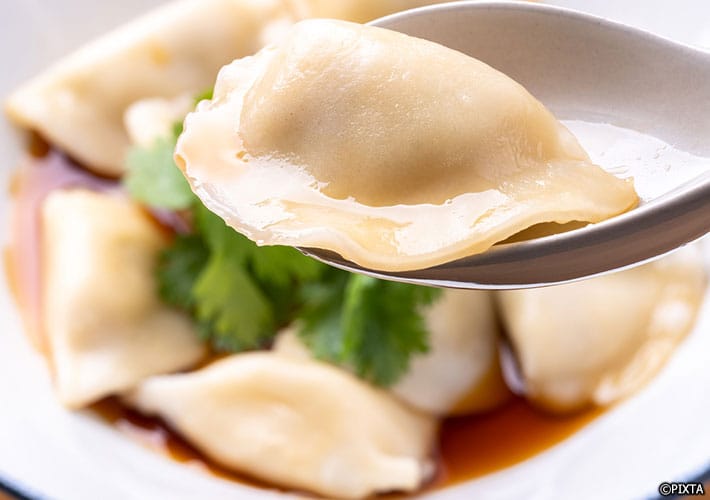
Sui-gyoza drizzled with sauce.
揚げ餃子 age-gyōza: These deep-fried gyoza boast a crispy, golden-brown exterior that contrasts with the juicy filling inside. Age-gyoza are perfect for those who enjoy a crunchier texture and can be served with or without a dipping sauce.
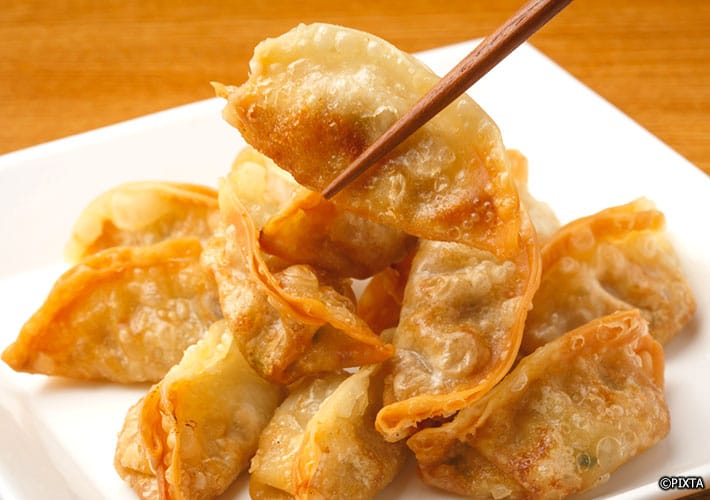
Crispy age-gyoza.
海鮮餃子 kaisen gyōza: Seafood gyoza filled with shrimp, crab, or scallops.
野菜餃子 yasai gyōza: Vegetable gyoza, often featuring ingredients like shiitake mushrooms, carrots, and leeks.
エビ餃子 ebi gyōza: Gyoza filled with shrimp, often with a lighter, more delicate flavor.
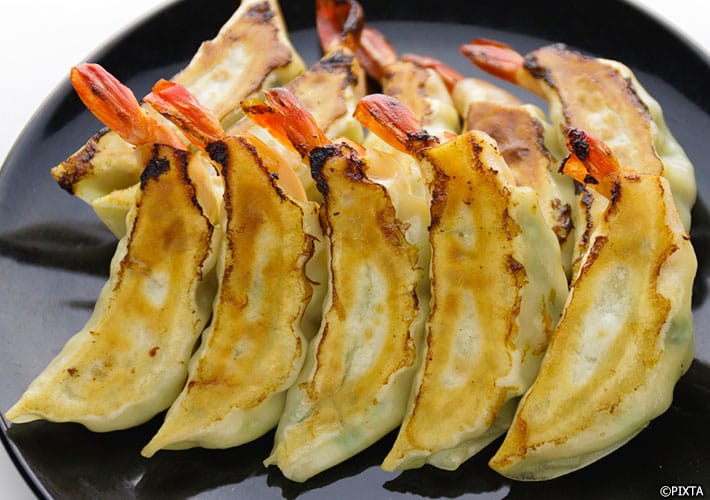
Some ebi-gyoza have tails sticking out.
スープ餃子 sūpu gyōza Soup gyoza: These gyoza are served in a flavorful broth, combining the tender dumplings with a light, aromatic soup. Soup gyoza can be a comforting and warming dish, especially during colder months.
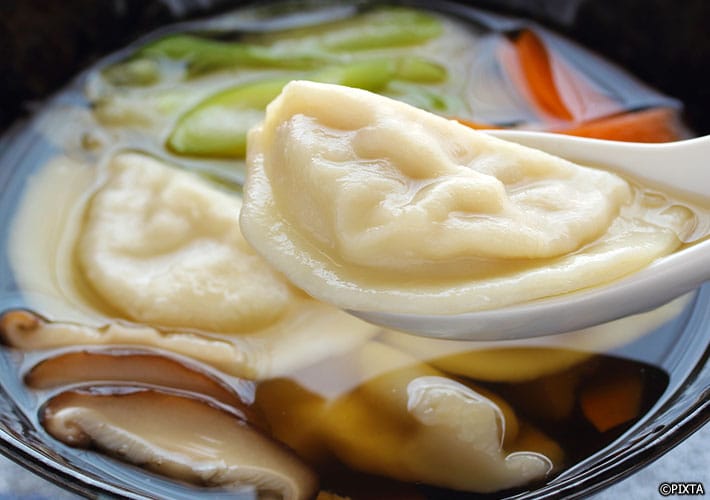
A comforting bowl of soup gyoza.
Japanese gyoza vs. Chinese jiaozi
While gyoza and Chinese jiaozi share similarities, they also have distinct characteristics that set them apart. Japanese gyoza typically have a thinner, machine-made wrapper. In contrast, jiaozi often have a thicker, handmade wrapper, although some regional variations may also have thin wrappers. Gyoza often have pungent herbs like garlic and chives inside whereas jiaozi usually do not. When it comes to cooking styles, the most prevalent style of gyoza is pan-fried, whereas Chinese jiaozi are most commonly boiled, but can also be steamed, pan-fried or deep-fried. Finally, whereas gyoza, considered a side dish in Japan, are often eaten in the same meal with rice, jiaozi usually aren’t since they’re considered a main dish in China.
Regional varieties of gyoza
Each region in Japan boasts its unique spin on gyoza, incorporating local ingredients and flavors. Some noteworthy regional varieties include:
浜松餃子 Hamamatsu Gyoza: This specialty from Hamamatsu City in Shizuoka Prefecture is known for its generous use of bean sprouts as a key ingredient in the filling, providing a refreshing crunch to the gyoza.
宇都宮餃子 Utsunomiya Gyoza: Originating from Utsunomiya City in Tochigi Prefecture, these gyoza are famous for their succulent, flavorful, vegetable-centric fillings and a thinner, crispy wrapper. Utsunomiya is also known as “Gyoza Town” and holds an annual gyoza festival.
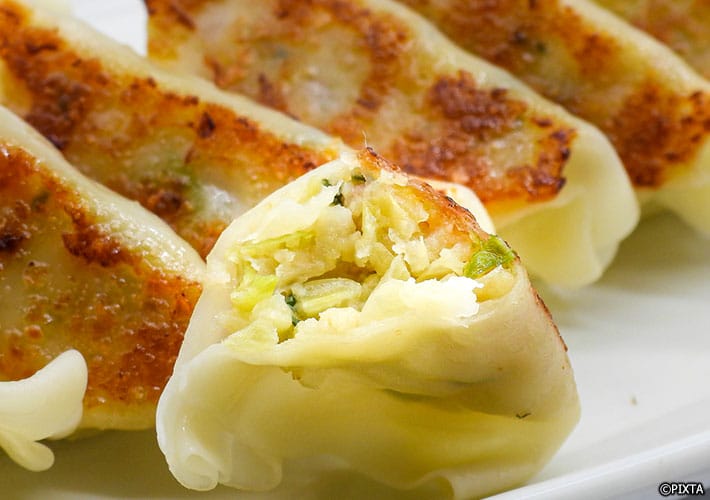
A plate of Utsunomiya gyoza filled with veggies.
広島餃子 Hiroshima Gyoza: These gyoza from Hiroshima Prefecture are distinctive due to the addition of garlic chives (also known as nira) in the filling, offering a delightful burst of flavor.
Tips for enjoying gyoza
When eating gyoza, it’s customary to dip them in a sauce made from a combination of soy sauce, rice vinegar, and chili oil. This tangy, slightly spicy sauce enhances the flavor of the gyoza and adds an extra dimension to the dish. You can adjust the proportions of the sauce ingredients to suit your taste.
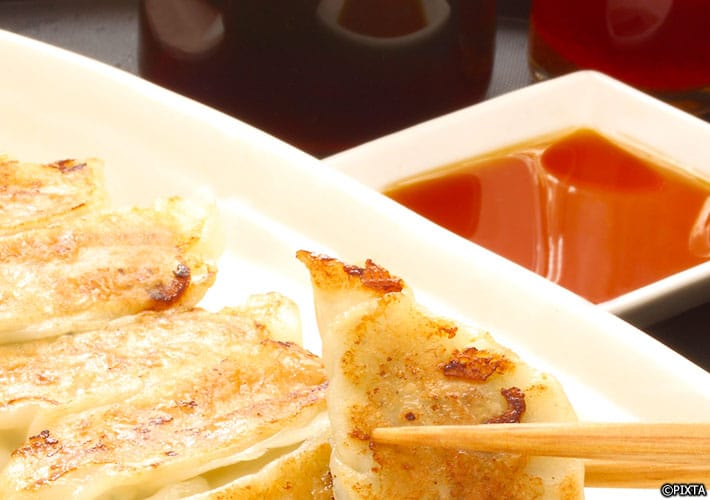
In many restaurants, you can make your own dipping sauce with soy, vinegar and chili oil, mixed to your liking.
Gyoza are best enjoyed hot and fresh, so don’t hesitate to dig in as soon as they’re served. They can be eaten with chopsticks, and many people prefer to hold the gyoza in one hand while dipping it into the sauce with the other. Be careful, though, as the filling can be quite hot!
In sum, gyoza offer an enticing culinary experience for anyone visiting Japan. With their diverse flavors, regional varieties, and widespread availability, these delicious dumplings have something for everyone. Whether you’re a gyoza connoisseur or trying them for the first time, you’re sure to find a style that captures your heart and taste buds. Don’t miss the opportunity to indulge in these delightful dumplings during your journey through Japan’s vibrant food culture.
